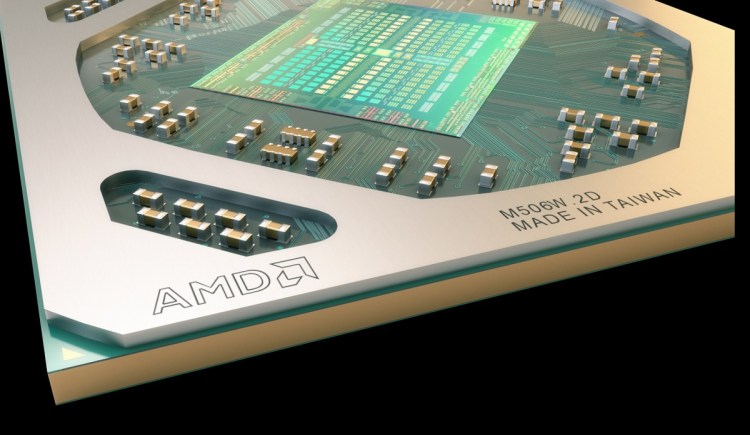Advanced Micro Devices is launching its bid to make virtual reality gaming much more affordable today. AMD is launching its graphics chips and cards based on its new Polaris graphics architecture, including the $200 Radeon RX 480 graphics cards.
The Polaris architecture is the company’s first new graphics foundation in a few years, and it is set to take advantage of 14-nanometer FinFET manufacturing (which delivers faster, smaller and cheaper chips) in direct competition with Nvidia’s upcoming Pascal architecture. AMD expects to create a whole series of chips based on Polaris, and the ones it is describing today are the first.
All told, AMD is releasing three graphics chips and cards today. The products include the Radeon RX 480 graphics card, which can run virtual reality on a PC for prices starting at $200 for a four-gigabyte version. The 8-gigabyte version of the 480 will sell for $240. AMD is also showing the Radeon RX 470 and the Radeon RX 460 cards.
The AMD Radeon RX 480 is AMD’s newest graphics processing unit (GPU), and it will take on Nvidia’s GeForce GTX 1080. The Radeon RX 480 can run games at a 1440p resolution and in VR settings. The 470 is geared for high-definition resolution games, while the 460 is targeted as a quiet chip capable of delivering esports experiences such as League of Legends.
The Radeon team sees this as a battle it can win by focusing on that price comparison when it comes to building a rig to to run the Oculus Rift and HTC Vive virtual reality headsets.

Above: AMD Radeon RX R480 graphics chip
The RX series promises VR experiences at prices never offered before. It’s conceivable that they could be used in $800 PCs that can run VR. Right now, it costs $1,000 or more to run VR based on previous chips. Lowering the price point is one of the prerequisites for getting VR in the hands of millions of consumers.
The performance will also be the equivalent of “console class” performance, meaning that many games that currently run on the PlayStation 4 or Xbox One could theoretically run on these chips on the PC, if someone ported them over. The PCs using these chips would have low power and compact form factors. AMD said it could run such games at 60 frames a second at 1080p HD resolutions.
AMD said the RX 480 can run VR on the Oculus Rift and HTC Vive headsets. It supports DirectX 12 and Vulkan graphics standards, enabling high-end graphics effects. The Radeon RX series supports new monitor technologies and supports HDMI 2.0b and DisplayPort 1.3/1.4 standards. It has accelerated h.265 encoding and decoding for better video streaming at 4K resolutions at 60 frames per second.
VentureBeat's mission is to be a digital town square for technical decision-makers to gain knowledge about transformative enterprise technology and transact. Learn More

